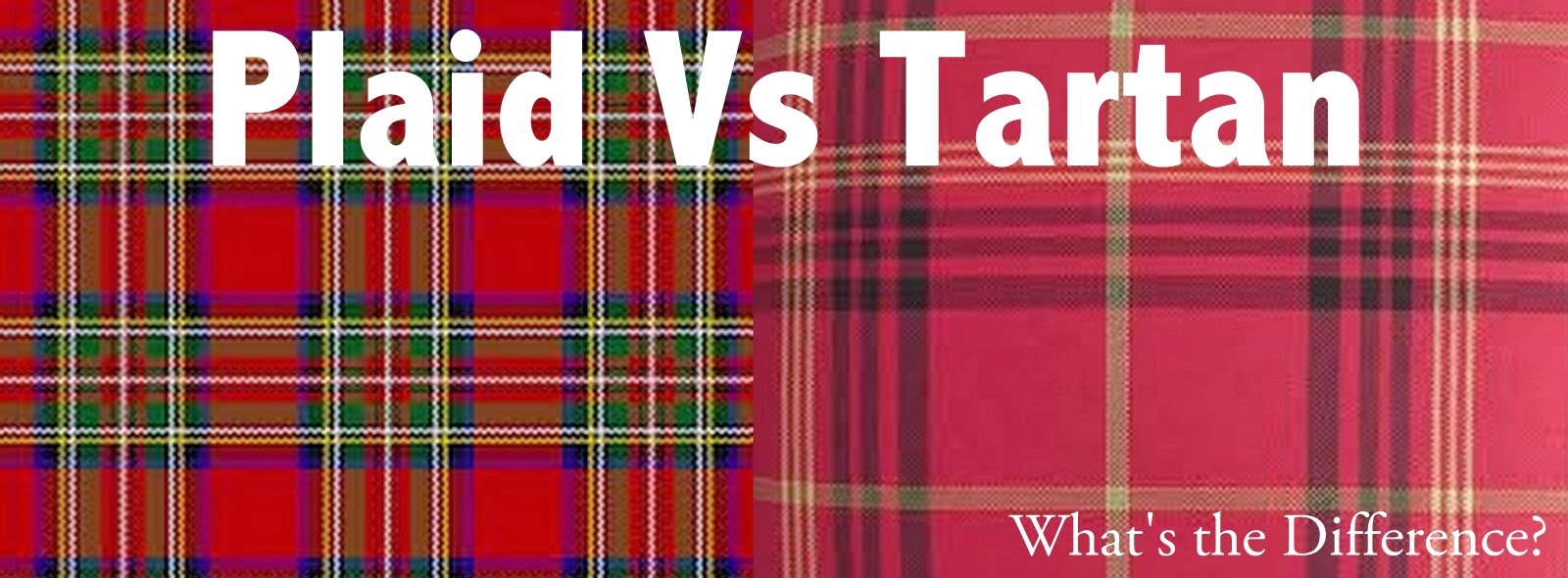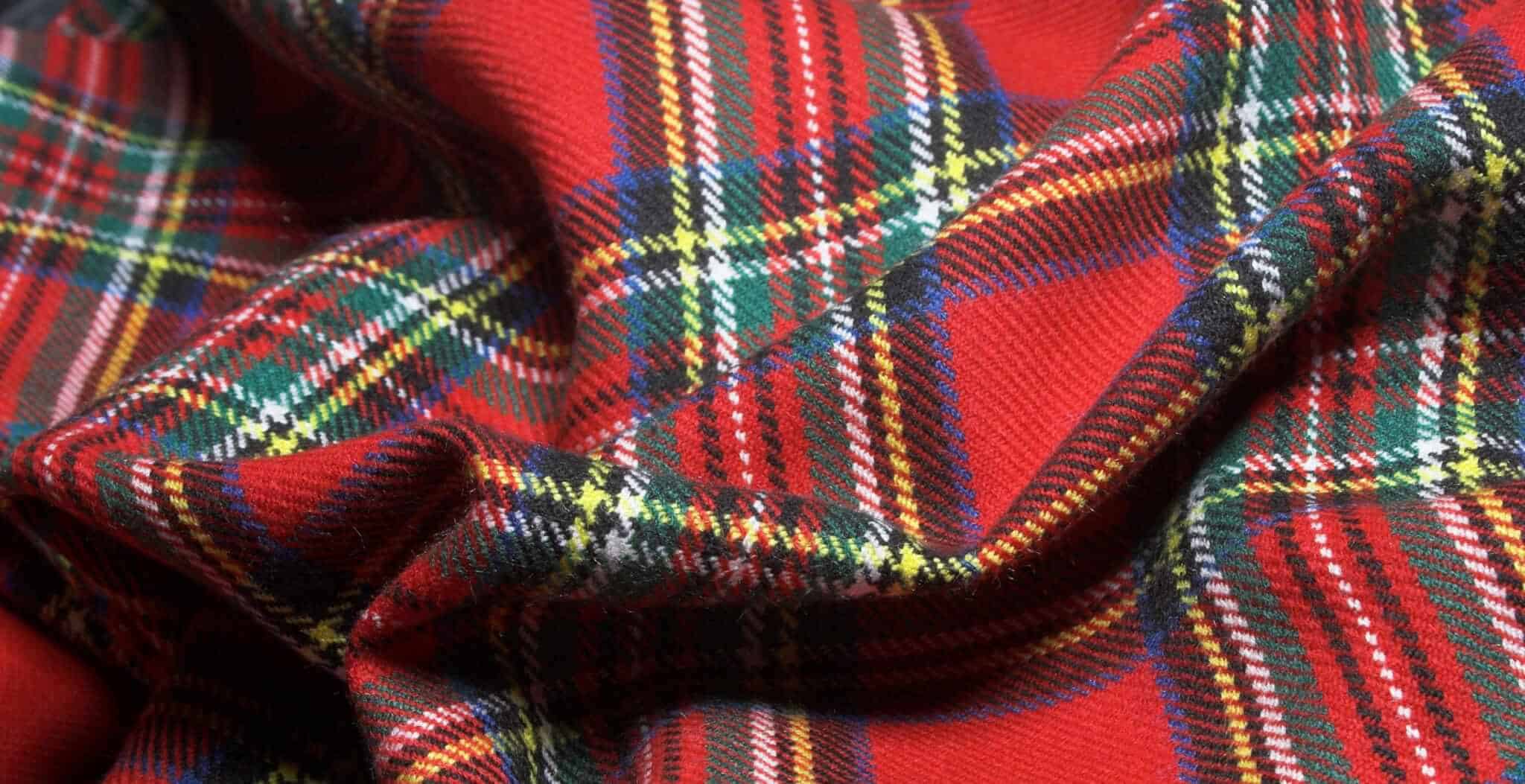Historical Origins of Tartan

Tartan meaning – Tartan, the iconic plaid fabric, holds a profound significance in Scottish culture and history. Its roots can be traced back to ancient times, where it served as a distinctive marker of identity and allegiance within the intricate tapestry of Scottish clans.
As early as the 3rd century AD, there is evidence of tartan-like fabrics being worn by Celtic tribes in Scotland. These early textiles, known as “breacans,” were simple, striped garments made from undyed wool. Over time, the patterns became more elaborate, and by the Middle Ages, tartan had evolved into a complex and sophisticated system of woven designs.
Clan Identity
Tartan played a pivotal role in Scottish clan culture. Each clan adopted a unique tartan pattern, which served as a symbol of their identity and unity. The patterns were passed down through generations, and wearing the clan tartan was a matter of great pride and loyalty.
In battle, tartan was used to distinguish between friend and foe. The sight of a particular tartan on the battlefield could rally warriors and inspire a sense of camaraderie and belonging.
Cultural Significance
Beyond its practical use, tartan also held deep cultural significance for the Scottish people. It was woven into the fabric of their society, representing their heritage, traditions, and shared experiences.
Tartan continues to be a cherished symbol of Scottish identity today. It is worn with pride at weddings, Highland Games, and other cultural events. It is also a popular fashion item, with tartan patterns appearing in clothing, accessories, and home décor.
Design Elements of Tartan: Tartan Meaning

Tartan is characterized by its distinctive woven pattern, which comprises vertical and horizontal bands of varying widths and colors. The fundamental structure of tartan involves two sets of threads: the warp and the weft.
The warp threads run vertically, while the weft threads are woven horizontally, interlacing with the warp threads to create the fabric’s structure. The combination of different colored warp and weft threads gives rise to the unique patterns and colors associated with tartan.
Colors and Patterns, Tartan meaning
Tartan designs encompass a wide range of colors and patterns, each with its own distinct significance and symbolism. The colors used in tartan can be vibrant and eye-catching, or more subdued and traditional.
Common colors found in tartan include red, green, blue, yellow, and black, often arranged in alternating stripes or checks. The patterns created by the arrangement of these colors can vary greatly, from simple stripes to complex geometric designs.
Sett Size
Another important design element in tartan is the sett size, which refers to the size of the repeated pattern. The sett size is determined by the number of warp and weft threads used to create the pattern.
Smaller sett sizes result in more intricate and detailed patterns, while larger sett sizes produce bolder and more pronounced designs. The sett size can significantly impact the overall appearance and style of the tartan.
Examples of Tartan Designs
There are countless variations of tartan designs, each with its own unique characteristics and history. Some notable examples include:
- Royal Stewart Tartan: A classic and iconic tartan with a red, blue, green, and yellow pattern, traditionally associated with the Scottish Royal Family.
- Black Watch Tartan: A dark and somber tartan with a predominantly black and green pattern, originally worn by the Black Watch regiment of the British Army.
- Burberry Tartan: A distinctive tartan with a beige, black, and red pattern, made famous by the British luxury fashion house Burberry.